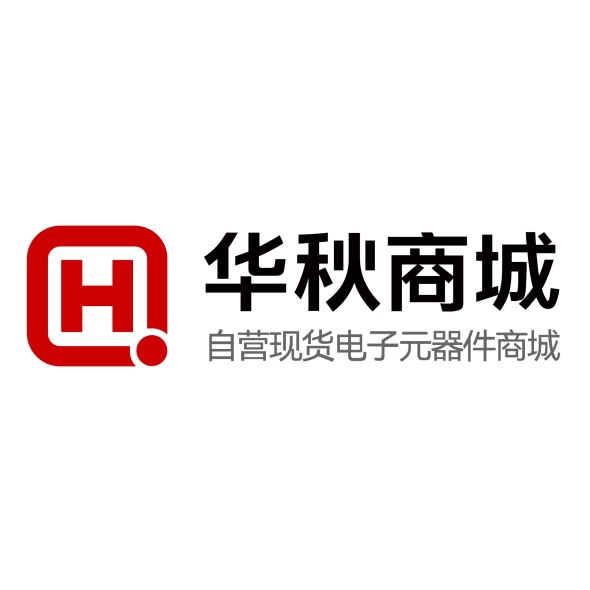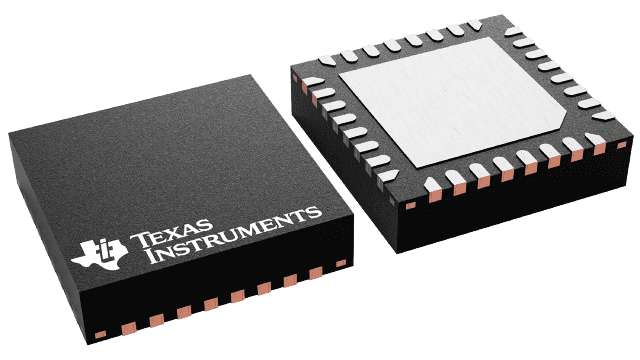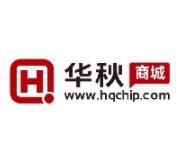| Number of series cells | 1, 2, 3, 4 |
| Charge current (Max) (A) | 16.2 |
| Operating Vin (Max) (V) | 26 |
| Cell chemistry | Lead Acid, Li-Ion/Li-Polymer, Lithium Phosphate/LiFePO4, NiCd, NiMH, SuperCap |
| Battery charge voltage (Min) (V) | 1.024 |
| Battery charge voltage (Max) (V) | 19.2 |
| Absolute Vin (safety rating) (Max) ((V)) | 32 |
| Control interface | I2C |
| Features | IC thermal regulation, ICO (Input Current Optimization), IINDPM (Input current limit), Input OVP, Integrated ADC, Power Path, USB C/PD compatible, USB OTG integrated, VINDPM (Input voltage threshold to maximize adaptor power) |
| Operating Vin (Min) (V) | 3.5 |
| Rating | Catalog |
- Pin-to-pin compatible to BQ25713
- Buck-boost narrow voltage DC (NVDC) charger for USB-C Power Delivery (PD) interface platform
- 3.5-V to 26-V input range to charge 1- to 4-cell battery
- Charge current up to 16.2 A/8.1 A with 128-mA/64-mA resolution based on 5-mΩ/10-mΩ sensing resistor
- Input current limit up to 10 A/6.35 A with 100-mA/50-mA resolution based on 5-mΩ/10-mΩ sensing resistor
- Support USB 2.0, USB 3.0, USB 3.1 and USB Power Delivery (PD)
- Input Current Optimizer (ICO) to extract max input power without overloading the adapter
- Integrated Fast Role Swap (FRS) feature following USB-PD specification
- Seamless transition between buck, buck-boost, and boost operations
- Input current and voltage regulation (IINDPM and VINDPM) against source overload
- TI patented switching frequency dithering pattern for EMI noise reduction
- TI patented Pass Through Mode (PTM) for system power efficiency improvement and battery fast charging achieving 99% efficiency.
- IMVP8/IMVP9 compliant system features for Intel platform
- Enhanced Vmin Active Protection (VAP) mode supplements battery from input capacitors during system peak power spike following latest Intel specification
- Comprehensive PROCHOT profile
- Two level discharge current limit PROCHOT profile to avoid battery wire-out
- System power monitor
- Input and battery current monitor through dedicated pins
- Integrated 8-bit ADC to monitor voltage, current and power
- Battery MOSFET ideal diode operation in supplement mode to support system when adapter is fully loaded
- Power up USB port from battery (USB OTG)
- 3-V to 24-V OTG with 8-mV resolution
- Output current limit up to 12.7 A/6.35 A with 100-mA/50-mA resolution based on 5-mΩ/10-mΩ sensing resistor
- 800-kHz/1.2-MHz programmable switching frequency with 2.2-μH/1.0-μH inductor
- I2C host control interface for flexible system configuration
- High accuracy for the regulation and monitor
- ±0.5% Charge voltage regulation
- ±3% Charge current regulation
- ±2.5% Input current regulation
- ±2% Input/charge current monitor
- Safety
- Thermal shutdown
- Input, system, battery overvoltage protection
- Input, MOSFET, inductor overcurrent protection
- Package: 32-Pin 4.0 mm × 4.0 mm WQFN
The BQ25723 is a synchronous NVDC buck-boost battery charge controller to charge a 1- to 4-cell battery from a wide range of input sources including USB adapter, high voltage USB-C Power Delivery (PD) sources, and traditional adapters.
The NVDC configuration allows the system to be regulated based on battery voltage, but not drop below system minimum voltage. The system keeps operating even when the battery is completely discharged or removed. When load power exceeds input source rating, the battery goes into supplement mode and prevents the system from crashing.
During power up, the charger sets the converter to a buck, boost, or buck-boost configuration based on the input source and battery conditions. The charger seamlessly transitions between the buck, boost, and buck-boost operation modes without host control.
In the absence of an input source, the BQ25723 supports the USB On-the-Go (OTG) function from a 1- to 4-cell battery to generate an adjustable 3-V to 24-V output on VBUS with 8-mV resolution. The OTG output voltage transition slew rate can be configured to comply with the USB-PD 3.0 PPS specification.
When only a battery powers the system and no external load is connected to the USB OTG port, the BQ25723 implements the latest Intel Vmin Active Protection (VAP) feature, in which the device charges up the VBUS voltage from the battery to store some energy in the input decoupling capacitors. During a system peak power spike, the energy stored in the input capacitors supplements the system, to prevent the system voltage from dropping below the minimum system voltage and causing a system crash.
The BQ25723 monitors adapter current, battery current, and system power. The flexibly programmed PROCHOT output goes directly to the CPU for throttle back when needed.
The latest version of the USB-C PD specification includes Fast Role Swap (FRS) to ensure power role swapping occurs in a timely fashion so that the device(s) connected to the dock can avoid experiencing momentary power loss or glitching. This device integrates FRS in compliance with the PD specification.
TI patented switching frequency dithering pattern can significantly reduce EMI noise over the whole conductive EMI frequency range (150 kHz to 30 MHz). Multiple dithering scale options are available to provide flexibility for different applications to simplify EMI noise filter design.
The charger can be operated in the TI patented Pass Through Mode (PTM) to improve efficiency over the full load range. In PTM, input power is directly passed through the charger to the system. Switching losses of the MOSFETs and inductor core loss can be saved for high efficiency operation.
The BQ25723 is available in a 32-pin 4 mm × 4 mm WQFN package.









